Bath Filler Taps
Bath filler taps are an essential component of any bathroom, providing a convenient and stylish way to fill your bath. Whether you're renovating your bathroom or simply looking to upgrade your existing taps, understanding the different types and features of bath filler taps can help you make an informed decision.
Hansgrohe Rebris S Single Lever Bath Mixer Monotrou - Chrome - Stock Clearance
Now Only £83.32
Hansgrohe Rebris S Single Lever Bath & Shower Mixer Monotrou with 2 Flow Rates - Chrome
Now Only £95.74
Hansgrohe Rebris E Single Lever Bath & Shower Mixer Monotrou with 2 Flow Rates - Chrome
Now Only £99.76
Hansgrohe Rebris S Single Lever Bath Mixer for Exposed Installation with Centre Distance 15.3 Cm - Chrome
Now Only £101.09
Vado Astra Deck Mounted Bath Filler CD Valve with Lever Handles - Chrome
Now Only £110.50
Hansgrohe Logis Single Lever Bath & Shower Mixer Monotrou with 2 Flow Rates - Chrome
Now Only £117.83
Hansgrohe Vernis Blend Single Lever Bath & Shower Mixer Monotrou - Chrome
Now Only £125.87
Hansgrohe Vernis Blend Single Lever Bath & Shower Mixer Monotrou with 2 Flow Rates - Chrome
Now Only £125.87
Hansgrohe Logis 2-Handle Manual Bath Mixer for Exposed Installation - Chrome
Now Only £126.54
Hansgrohe Focus Single Lever Manual Bath Mixer for Exposed Installation - Chrome
Now Only £131.22
Hansgrohe Focus Single Lever Manual Bath Mixer for Exposed Installation with 2 Flow Rates - Chrome
Now Only £131.22
Hansgrohe Focus Single Lever Bath & Shower Mixer Monotrou with 2 Flow Rates - Chrome
Now Only £137.92
Hansgrohe Logis Single Lever Bath & Shower Mixer Monotrou with 2 Flow Rates - Matt Black
Now Only £141.40
Hansgrohe Vernis Shape Single Lever Bath & Shower Mixer Monotrou - Chrome
Now Only £142.60
Hansgrohe Vernis Shape Single Lever Bath & Shower Mixer Monotrou with 2 Flow Rates - Chrome
Now Only £142.60
Types of Bath Filler Taps
When it comes to choosing the perfect bath filler tap for your bathroom, there are several options to consider. Each type of bath filler tap offers unique benefits and drawbacks, making it essential to understand the differences between them before making a decision. In this article, we'll explore the three main types of bath filler taps: deck-mounted, wall-mounted, freestanding, and bath overflow fillers.
Deck-Mounted Bath Filler Taps
Deck-mounted bath filler taps are installed directly onto the bathroom floor or the side of your bath. They are a popular choice for their sleek and modern appearance, and they offer a wide range of design options to suit any bathroom style. Deck-mounted taps typically feature two handles for precise temperature and flow control, and they can be paired with a variety of bath styles, including freestanding and built-in tubs.
Pros and cons
One of the main advantages of deck-mounted bath filler taps is their versatility. They can be installed on almost any type of bath, and they offer a clean, streamlined look that complements contemporary bathroom designs. However, deck-mounted taps may require more extensive installation work, especially if your bathroom floor needs to be drilled to accommodate the tap's pipework. Additionally, deck-mounted taps can be more challenging to clean around, as they have a larger surface area in contact with the bathroom floor or bath.
Wall-Mounted Bath Filler Taps
Wall-mounted bath filler taps are fixed directly to the bathroom wall, typically above the bath. They are an excellent choice for those looking to save space or create a minimalist look in their bathroom. Wall-mounted taps come in various styles, from classic to modern, and can feature either single or double handles for temperature and flow control. They are particularly well-suited for freestanding baths, as they allow for a clear, uncluttered space around the bath.
Pros and cons
The main advantage of wall-mounted bath filler taps is their space-saving design. By being fixed to the wall, they free up valuable space around the bath, making them ideal for smaller bathrooms or those with freestanding tubs. Wall-mounted taps also offer a sleek and sophisticated appearance, which can elevate the overall look of your bathroom. However, installing wall-mounted taps can be more complex and costly, as they require the pipes to be concealed within the bathroom wall. This may involve opening up the wall and replastering, which can be time-consuming and disruptive. Additionally, if any issues arise with the hidden pipework, repairs can be more difficult and expensive compared to deck-mounted taps.
Bath Overflow Fillers
Bath overflow fillers are a practical and stylish addition to any bathroom. These taps combine the functionality of a bath filler with an integrated overflow, eliminating the need for a separate overflow hole in your bath. This creates a cleaner, more streamlined appearance and helps prevent water from overflowing and causing damage to your bathroom floor.
Overflow bath fillers are available in a range of styles and finishes, making it easy to find one that complements your bathroom's design. They can be wall-mounted or deck-mounted, depending on your preferences and the layout of your bathroom. Wall-mounted overflow fillers are ideal for freestanding baths, as they keep the area around the bath clear and uncluttered. Deck-mounted overflow fillers, on the other hand, are perfect for built-in baths and offer a sleek, modern look.
One of the main benefits of bath overflow fillers is their ability to prevent water damage caused by overflowing baths. The integrated overflow allows excess water to drain away safely, giving you peace of mind and protecting your bathroom from costly repairs. Additionally, overflow fillers often feature a diverter that allows you to switch between filling the bath and using a shower handset, providing added versatility and convenience.
When choosing a bath overflow filler, consider factors such as the style and finish of the tap, the compatibility with your bath, and the ease of installation. Some overflow fillers may require more extensive plumbing work, so it's essential to consult with a professional plumber to ensure a proper and efficient installation.
Freestanding Bath Filler Taps
Freestanding bath filler taps, also known as floor-mounted taps, are a luxurious and statement-making option for your bathroom. These taps are installed directly onto the bathroom floor, separate from the bath, and typically feature a tall, curved spout that arches over the bath. Freestanding taps are available in a variety of styles, from traditional to modern, and can include additional features such as a handheld shower attachment for added functionality.

Pros and cons
Freestanding bath filler taps offer a stunning focal point for your bathroom, creating a sense of grandeur and sophistication. They are particularly well-suited for larger bathrooms with freestanding baths, as they require ample space for installation. Freestanding taps also provide a greater range of motion compared to wall-mounted or deck-mounted options, making it easier to fill the bath or use the handheld shower attachment. However, freestanding taps can be more expensive than other options, both in terms of the unit itself and the installation costs. They also require a specific type of bath waste and overflow system, which may limit your choices when selecting a bath. Additionally, freestanding taps may be more challenging to clean around, as they have a larger surface area and more intricate design features.
Factors to Consider When Choosing Bath Filler Taps
When selecting bath filler taps for your bathroom, there are several key factors to consider to ensure you make the best choice for your needs and preferences.
Compatibility with your bathroom design
One of the most important considerations when selecting bath filler taps is how well they will complement your overall bathroom design. Consider the style of your bathroom, whether it's traditional, modern, or somewhere in between, and look for taps that will seamlessly blend with your existing decor. Pay attention to the shape, size, and finish of the taps, and consider how they will look alongside your bath, basin, and other bathroom fixtures.
Water pressure requirements
Before selecting your bath filler taps, it's crucial to determine your home's water pressure. Different taps have varying water pressure requirements, and choosing a tap that is not compatible with your water pressure can result in poor performance or even damage to your plumbing system. If you have low water pressure, look for taps with a lower minimum pressure requirement, or consider installing a pump to boost your water pressure. On the other hand, if you have high water pressure, ensure that your chosen taps can handle the pressure without causing any damage.
Material and finish options
Bath filler taps are available in a wide range of materials and finishes, each with its own unique benefits and drawbacks. Some popular options include:
Chrome: This classic and versatile finish works well with most bathroom styles. It's durable, easy to clean, and resistant to scratches and tarnishing. However, it can show water spots and fingerprints more easily than some other finishes.
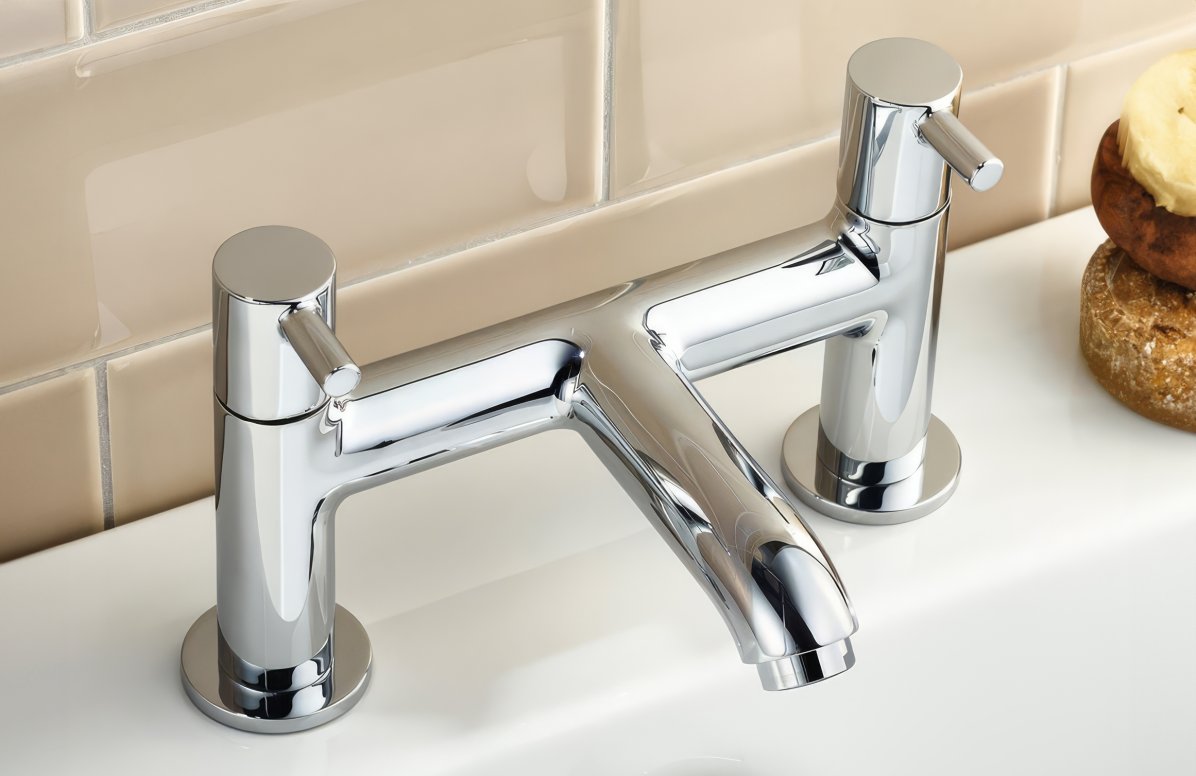
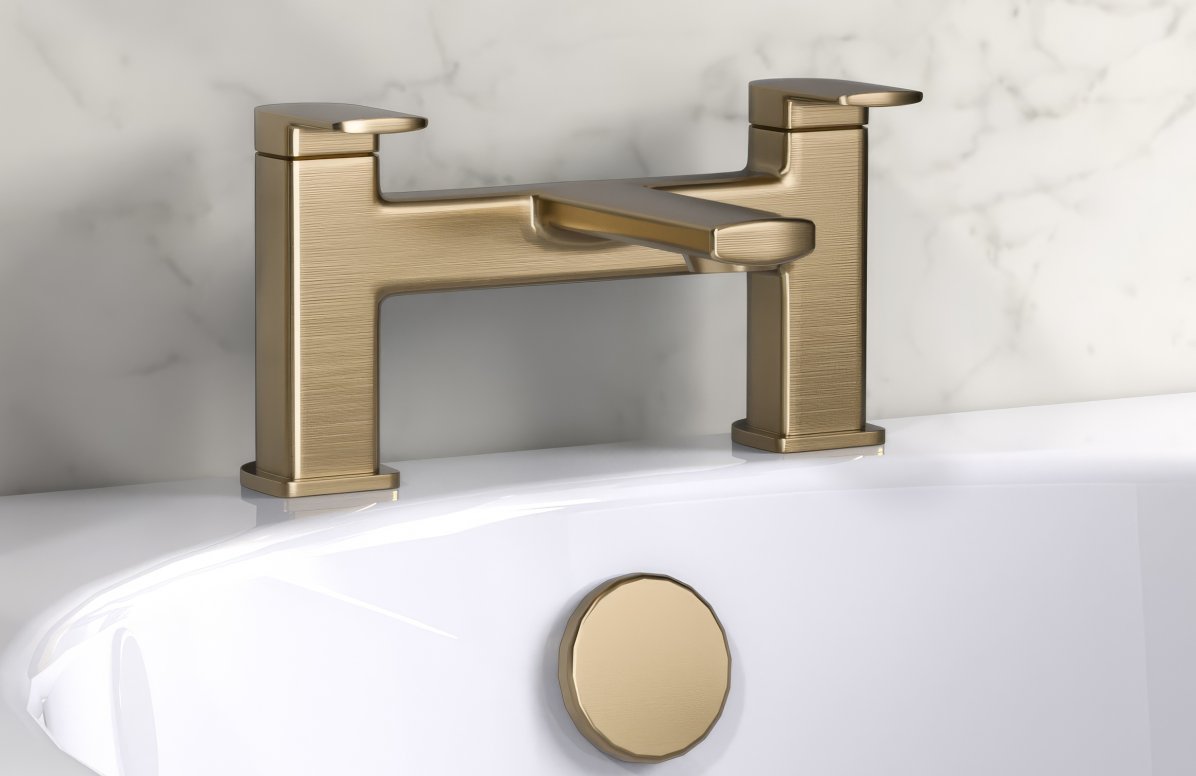
Brushed Nickel: Brushed nickel offers a warm, soft appearance that complements both traditional and modern bathroom designs. It's less prone to showing water spots and fingerprints than chrome, but it may require more frequent cleaning to maintain its appearance.
Brass: Brass is a durable and long-lasting material that develops a unique patina over time. It's an excellent choice for traditional or vintage-inspired bathroom designs, but it may require more maintenance to prevent tarnishing.
Matt Black: Matt black is a trendy and modern finish that adds a bold, dramatic touch to any bathroom. It's easy to clean and resistant to fingerprints and water spots, but it may show dust and lint more easily than some other finishes.
Ease of installation and maintenance
When selecting your bath filler taps, consider the ease of installation and maintenance. Some taps may require more extensive plumbing work or specialised tools for installation, which can increase the overall cost and complexity of your project. Look for taps with straightforward installation instructions and readily available replacement parts in case of any issues down the line. Additionally, consider the maintenance requirements of your chosen taps, such as the frequency of cleaning and the specific cleaning products recommended by the manufacturer.
Budget considerations
Finally, consider your budget when choosing bath filler taps. Bath filler taps can range in price from budget-friendly options to high-end luxury models. Determine how much you're willing to invest in your taps, and look for options that offer the best value for your money. Keep in mind that while it may be tempting to opt for the cheapest option available, investing in higher-quality taps can pay off in the long run through improved durability, performance, and overall satisfaction with your purchase.
Top Brands in the Market
When it comes to bath filler taps, choosing the right brand can make a significant difference in terms of quality, design, and functionality. Four popular brands that stand out for us are: Vado, Ideal Standard, RAK, and Burlington. Let's compare their styling, price points, finishes, and technologies to help you make an informed decision.
1. Vado
Styling and Finishes: Vado is known for its contemporary and sleek designs that cater to modern bathrooms. Their taps often feature minimalist aesthetics, clean lines, and smooth curves. The finishes available include chrome, brushed nickel, and matte black, providing versatile options to match various bathroom styles.
- Price Points: Vado taps are positioned in the mid to high price range, reflecting their commitment to quality and innovative design. They are a suitable choice for those looking for durable and stylish fixtures without compromising on performance.
- Technologies: Vado uses advanced technologies, such as H2Eco flow regulators, to reduce water consumption without sacrificing performance. Their taps often include ceramic cartridges for smooth operation and longevity.
2. Ideal Standard
- Styling and Finishes: Ideal Standard offers a broad range of styles from traditional to contemporary, making it a versatile choice for different bathroom aesthetics. The brand focuses on ergonomic design and user comfort. Finishes include chrome and brushed nickel, which are both elegant and easy to maintain.
- Price Points: Ideal Standard taps are competitively priced, ranging from budget-friendly options to more premium models. This makes them accessible to a wide audience looking for quality at different price levels.
- Technologies: Ideal Standard integrates innovative features such as water-saving aerators and temperature control mechanisms. They also emphasise durability with the use of high-quality materials and manufacturing processes.
3. RAK
- Styling and Finishes: RAK taps are well-known for their blend of modern and traditional styles. They offer a range of designs that can fit seamlessly into classic or contemporary bathrooms. Available finishes include chrome, brushed nickel, and brass, providing options for various design preferences.
- Price Points: RAK bath filler taps fall within the mid-range price bracket, offering a balance between affordability and quality. They provide excellent value for money, especially for those looking to enhance their bathroom's aesthetics and functionality without a hefty investment.
- Technologies: RAK incorporates advanced ceramic disc technology for drip-free performance and longevity. They also offer eco-friendly options with water-saving features, ensuring sustainability and cost efficiency.
4. Burlington
- Styling and Finishes: Burlington is synonymous with classic and vintage bathroom fixtures. Their bath filler taps often feature intricate details and traditional designs, perfect for creating a timeless look. Finishes include chrome and brass, which enhance the vintage appeal.
- Price Points: Burlington taps are generally positioned in the higher price range, reflecting their focus on classic design and high-quality craftsmanship. They are ideal for those looking to invest in a luxurious and historically inspired bathroom setup.
- Technologies: Despite their traditional appearance, Burlington taps incorporate modern technologies such as quarter-turn valves and ceramic disc cartridges for improved performance and ease of use. They ensure that the taps are not only beautiful but also functional and durable.
Recommended Models for Different Budgets and Styles
For Budget-Conscious Buyers:
Ideal Standard Ceraplan: A cost-effective option that offers modern design and reliable performance. It features a chrome finish and water-saving technology.
For Mid-Range Buyers:
Vado Life Bath Filler Tap: This model combines sleek design with advanced functionality. It comes in a chrome finish and includes a H2Eco flow regulator for reduced water consumption.
For Premium Buyers:
Burlington Claremont Bath Filler Tap: A high-end option with a classic design. It features a chrome finish and ceramic disc technology for a blend of traditional aesthetics and modern performance.
For Traditional Style:
RAK Washington Bath Filler Tap: This model offers a classic design with a brass finish, perfect for vintage-inspired bathrooms. It includes ceramic disc technology for smooth operation.
For Contemporary Style:
Vado Photon Bath Filler Tap: A sleek and modern option with a matte black finish. It features a minimalist design and advanced water-saving technologies.
Choosing the right bath filler tap involves considering your budget, bathroom style, and desired features. By comparing these brands and models, you can find the perfect fit for your needs and preferences.
Installation and Maintenance
Installing and maintaining your bath filler taps correctly is essential to ensuring optimal performance, longevity, and hygiene. Whether you choose to install the taps yourself or hire a professional, it's important to follow the manufacturer's guidelines and use the appropriate tools and materials.
DIY installation guide
If you're handy with tools and have some basic plumbing knowledge, you may choose to install your bath filler taps yourself. Before beginning the installation process, make sure you have the following tools and materials:
Tools and materials needed
- Adjustable wrench
- Basin wrench
- Plumber's tape (PTFE tape)
- Silicone sealant
- Screwdriver
- Flexible supply lines
- Shut-off valves
Step-by-step instructions
- 1. Turn off the water supply to your bathroom at the main shut-off valve.
- 2. Remove the old taps, if applicable, and clean the surface where the new taps will be installed.
- 3. Install the shutoff valves and flexible supply lines according to the manufacturer's instructions.
- 4. Wrap plumber's tape around the threaded ends of the tap's supply lines to create a watertight seal.
- 5. Position the tap on the bath or bathroom floor, ensuring that it's properly aligned and level.
- 6. Secure the tap to the surface using the provided mounting hardware, following the manufacturer's instructions.
- 7. Connect the flexible supply lines to the shut-off valves and the tap's supply lines, tightening the connections with an adjustable wrench.
- 8. Turn on the water supply and check for any leaks. If leaks are present, tighten the connections as needed.
- 9. Run the tap for a few minutes to flush out any debris and ensure proper functioning.
Professional installation: When to call a plumber
While DIY installation can be a cost-effective option, there are situations where it's best to call a professional plumber. If you encounter any of the following scenarios, consider hiring a plumber to ensure a safe and proper installation:
- You're unsure about your plumbing skills or lack experience with similar projects.
Your bathroom requires extensive plumbing work, such as moving supply lines or installing new shut-off valves. - You encounter unexpected issues during the installation process, such as damaged pipes or incompatible fittings.
- Your local building codes require a licensed professional to perform plumbing work.
Cleaning and maintaining your bath filler taps
Regular cleaning and maintenance are crucial to keep your bath filler taps looking and functioning their best. Here are some tips for cleaning and maintaining your taps:
Regular cleaning tips
- Wipe your taps daily with a soft, damp cloth to remove water spots and prevent mineral buildup.
- Use a mild soap solution or a dedicated tap cleaner for weekly cleaning, following the manufacturer's instructions.
- Avoid using abrasive cleaners, scouring pads, or harsh chemicals, as these can damage the tap's finish.
- Dealing with limescale and hard water stains
- In areas with hard water, limescale and mineral deposits can accumulate on your bath filler taps, causing them to look dull and feel rough to the touch. To remove these stains:
- Soak a cloth in a mixture of equal parts white vinegar and water, then wrap it around the affected areas of the tap.
- Leave the cloth in place for several hours or overnight, depending on the severity of the stains.
- Remove the cloth and scrub the tap with a soft-bristled brush to loosen any remaining deposits.
- Rinse the tap thoroughly with clean water and dry it with a soft cloth.
Troubleshooting common issues
Even with proper installation and maintenance, you may encounter issues with your bath filler taps over time. Here are some common problems and their potential solutions:
Leaks
- Check all connections for proper tightness and apply plumber's tape if needed.
- Replace any worn or damaged washers or O-rings.
- If the leak persists, consult a professional plumber.
Low water pressure
- Check for any kinks or blockages in the supply lines and straighten or replace them as needed.
- Clean the tap's aerator to remove any debris that may be restricting water flow.
If the issue persists, have a plumber assess your home.
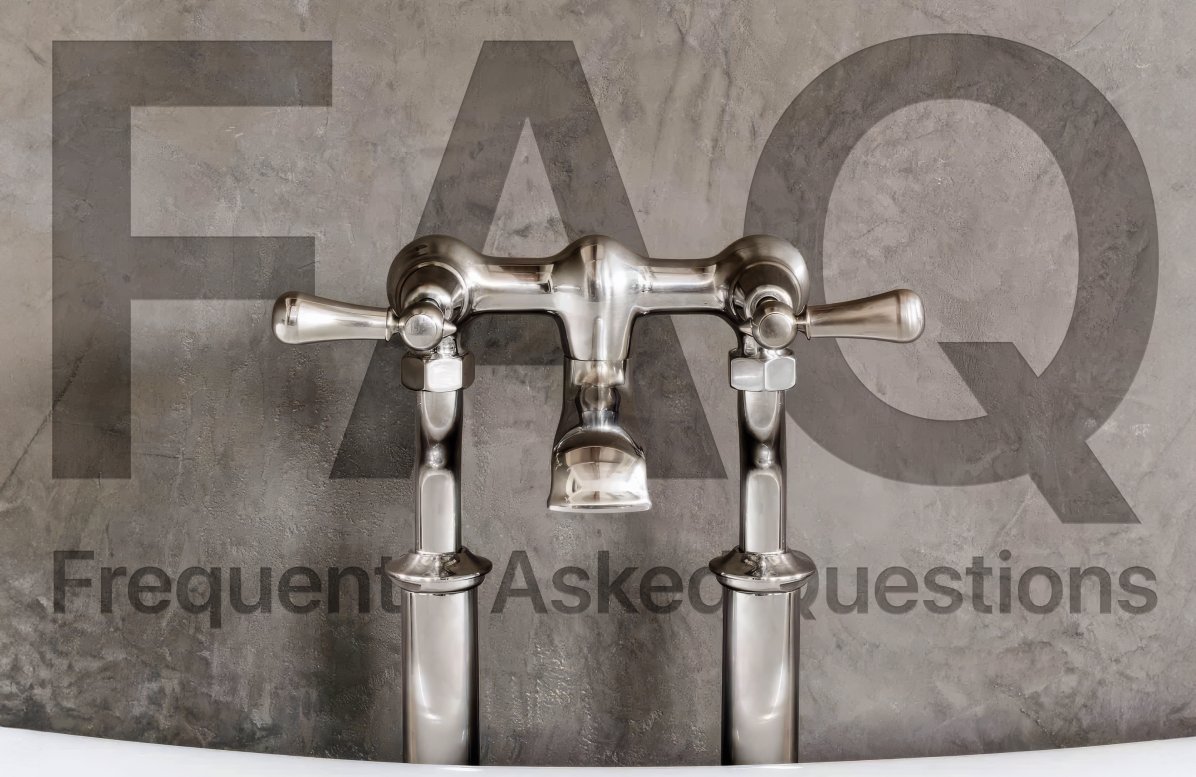
Frequently Asked Questions (FAQ)
What is the difference between bath filler taps and bath shower mixers?
Bath filler taps are designed solely for filling your bath with water, while bath shower mixers combine the functionality of a bath filler tap with a shower head attachment. Bath shower mixers allow you to switch between filling your bath and using the shower head for a more versatile bathing experience.
Can I replace my old bath taps with new bath filler taps?
In most cases, yes, you can replace your old bath taps with new bath filler taps. However, it's essential to ensure that the new taps are compatible with your existing plumbing setup and bath. Consider factors such as the tap hole configuration, water pressure, and the type of bath you have before making your purchase.
How do I know if my water pressure is suitable for a specific bath filler tap?
To determine if your water pressure is suitable for a specific bath filler tap, check the tap's minimum and maximum water pressure requirements, which are usually provided by the manufacturer. You can measure your home's water pressure using a pressure gauge attached to an outside tap or by contacting your local water authority. If your water pressure falls within the tap's specified range, it should be suitable for use.
What is the best material for bath filler taps?
The best material for bath filler taps depends on your specific needs and preferences. Some popular options include:
- Brass: Durable and long-lasting, develops a unique patina over time.
- Stainless steel: Resistant to corrosion and tarnishing, easy to maintain
- Chrome-plated: Affordable, versatile, and easy to clean, but may show water spots and fingerprints.
- Zinc Alloy: Lightweight, cost-effective, and available in various finishes, but may be less durable than other materials.
Ultimately, the best material for your bath filler taps will depend on your budget, bathroom design, and desired level of maintenance.
How often should I clean my bath filler taps?
To keep your bath filler taps looking their best and prevent mineral buildup, it's recommended to clean them at least once a week. Use a soft, damp cloth and a mild soap solution to wipe down the taps, and dry them with a clean towel to prevent water spots. For more thorough cleaning, follow the manufacturer's guidelines and use cleaning products specifically designed for your tap's material and finish.
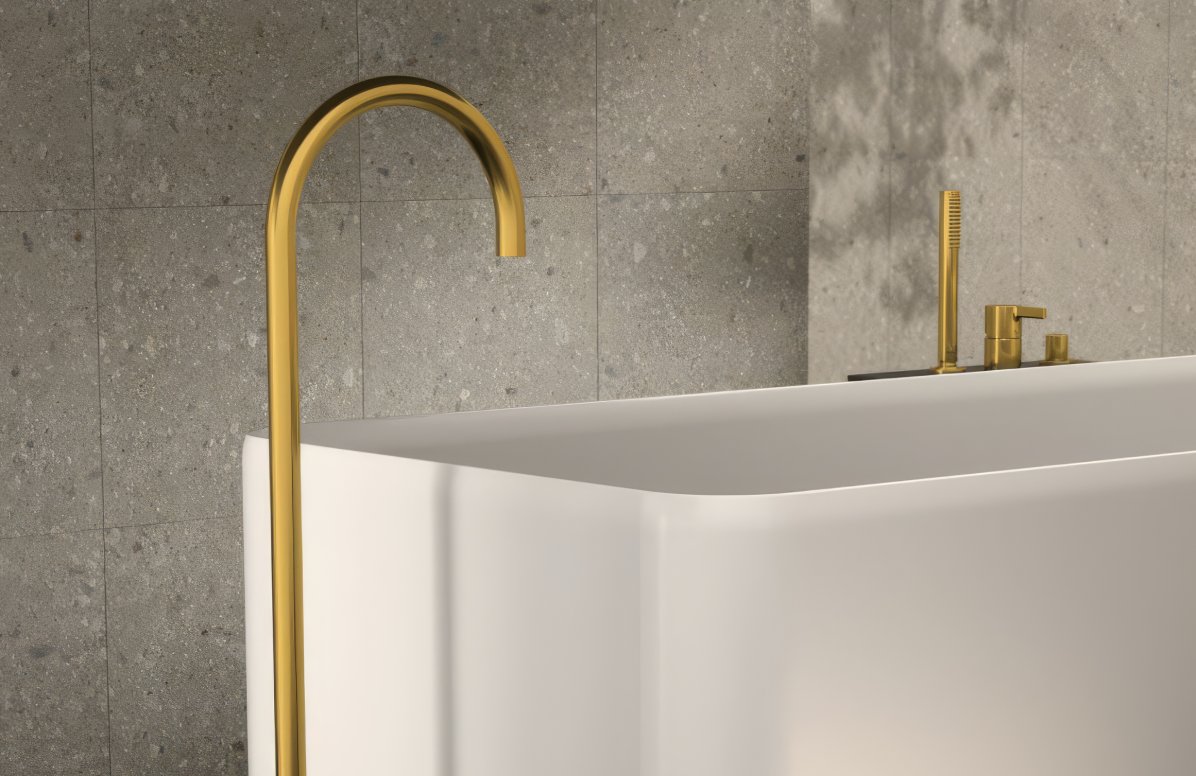
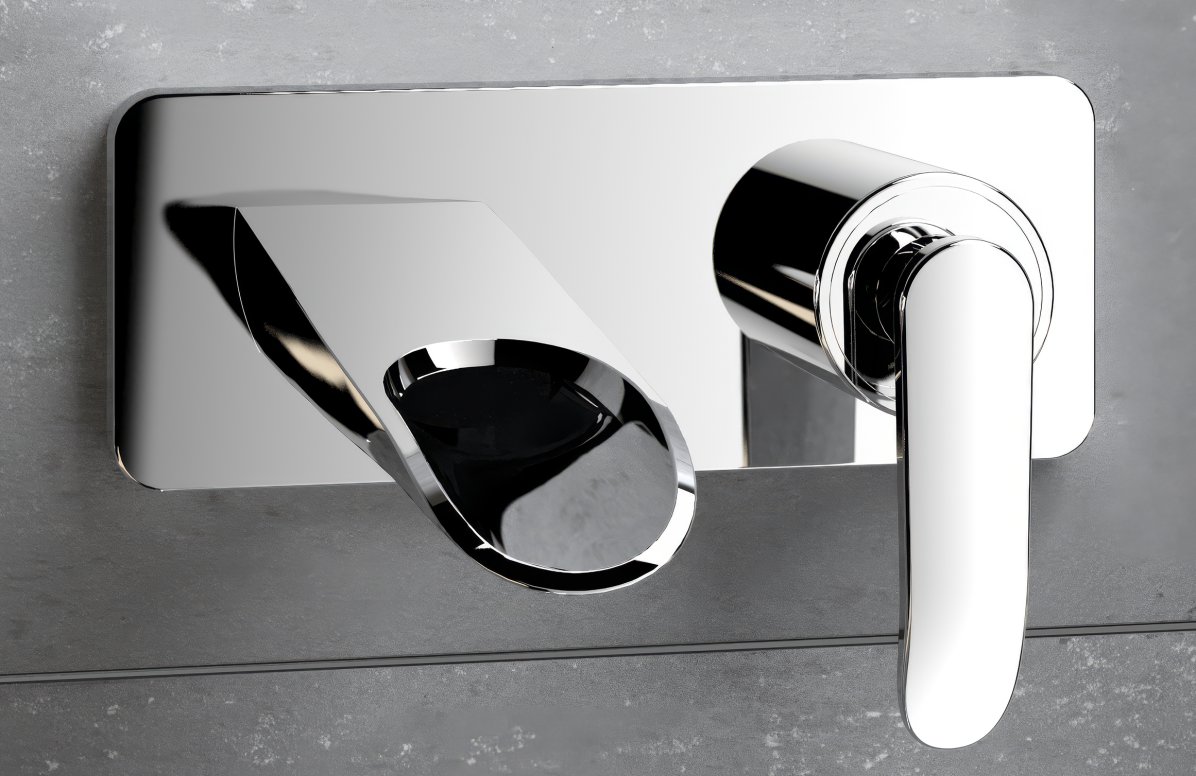
Can I install bath filler taps myself, or do I need a plumber?
Whether you can install bath filler taps yourself depends on your level of DIY skills and plumbing knowledge. If you have experience with similar projects and feel confident in your abilities, you may be able to install the taps yourself. However, if you're unsure or encounter any complications, it's best to hire a professional plumber to ensure a safe and proper installation.
Are there any bath filler taps suitable for low water pressure?
Yes, there are bath filler taps designed specifically for low water pressure systems. These taps often feature a wider spout or a specially designed aerator that helps to increase the water flow rate, even with low pressure. When searching for bath filler taps, look for options that have a minimum water pressure requirement that matches or is lower than your home's water pressure.
How long do bath filler taps typically last?
The lifespan of bath filler taps varies depending on factors such as the material, quality of construction, and frequency of use. On average, well-maintained bath filler taps can last between 10 and 20 years. To extend the life of your taps, follow the manufacturer's care and maintenance guidelines and address any issues, such as leaks or mineral buildup, promptly.

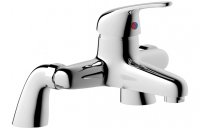
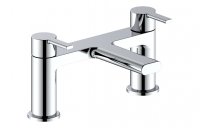

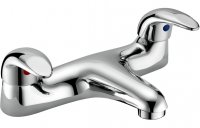
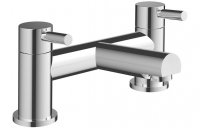
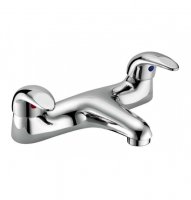
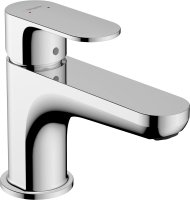
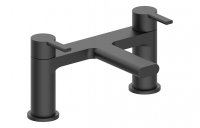
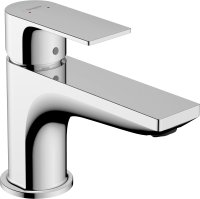
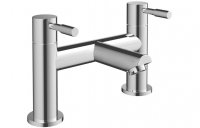
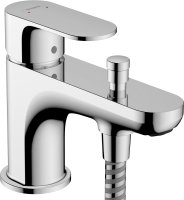
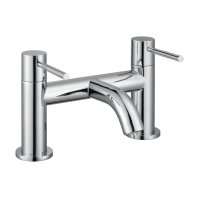
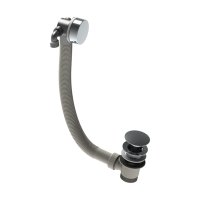

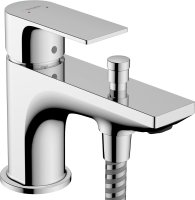

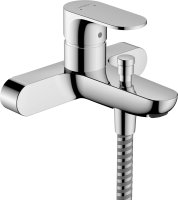
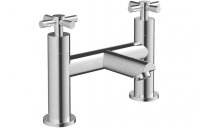
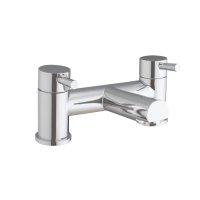
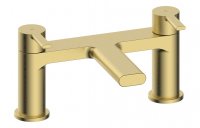
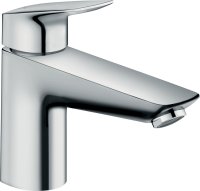
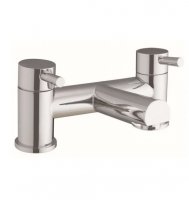
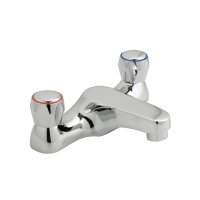
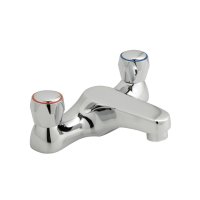

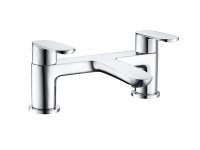
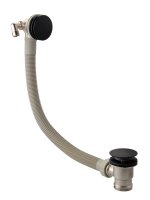

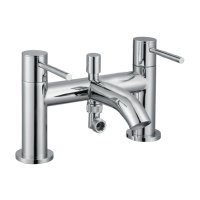
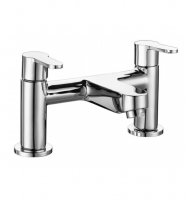
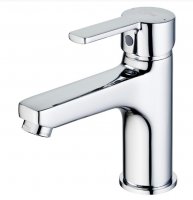
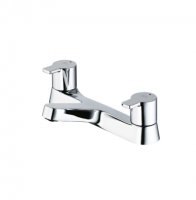
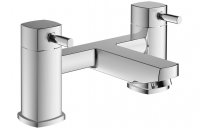

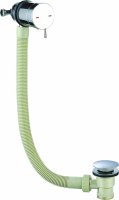

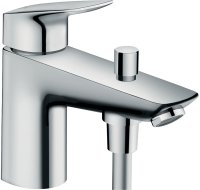

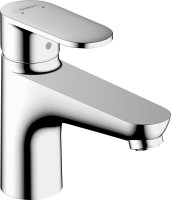
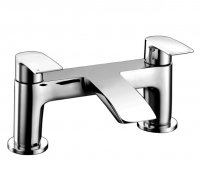


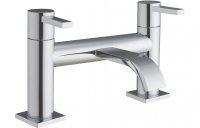
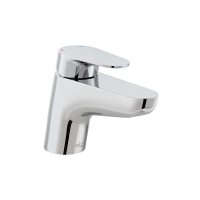
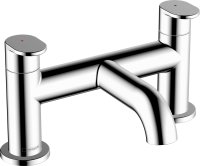
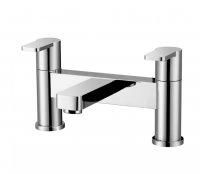

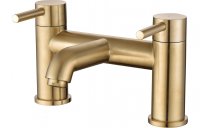
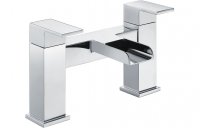

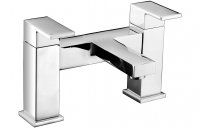
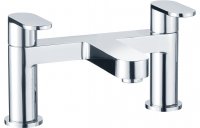
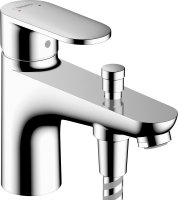
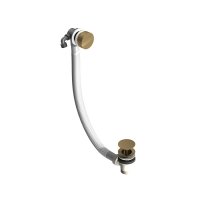



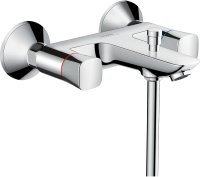


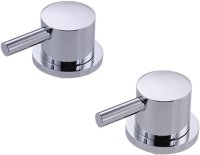

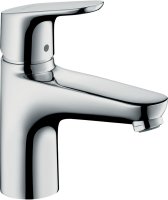


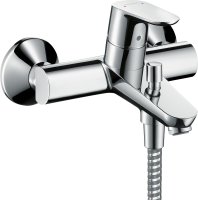
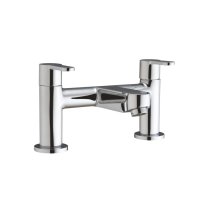
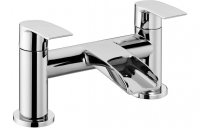
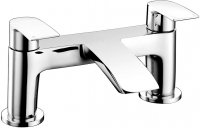
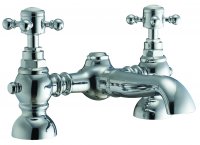
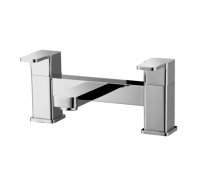
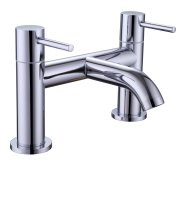
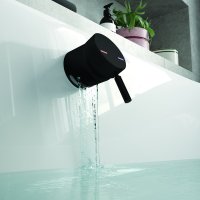

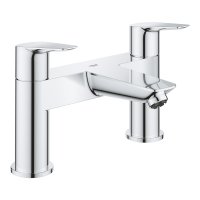
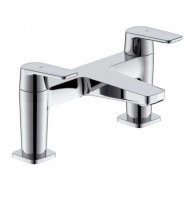
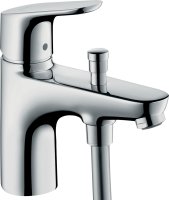
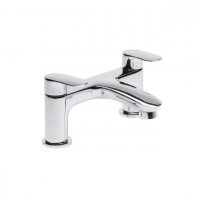
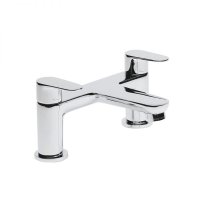
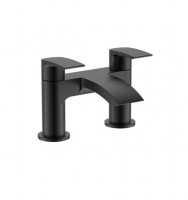


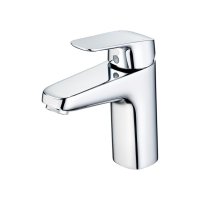
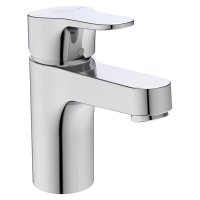

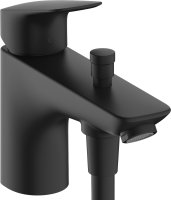


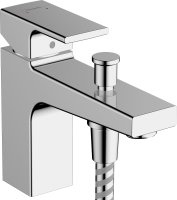


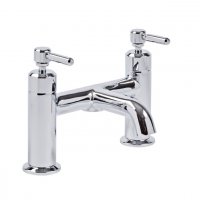



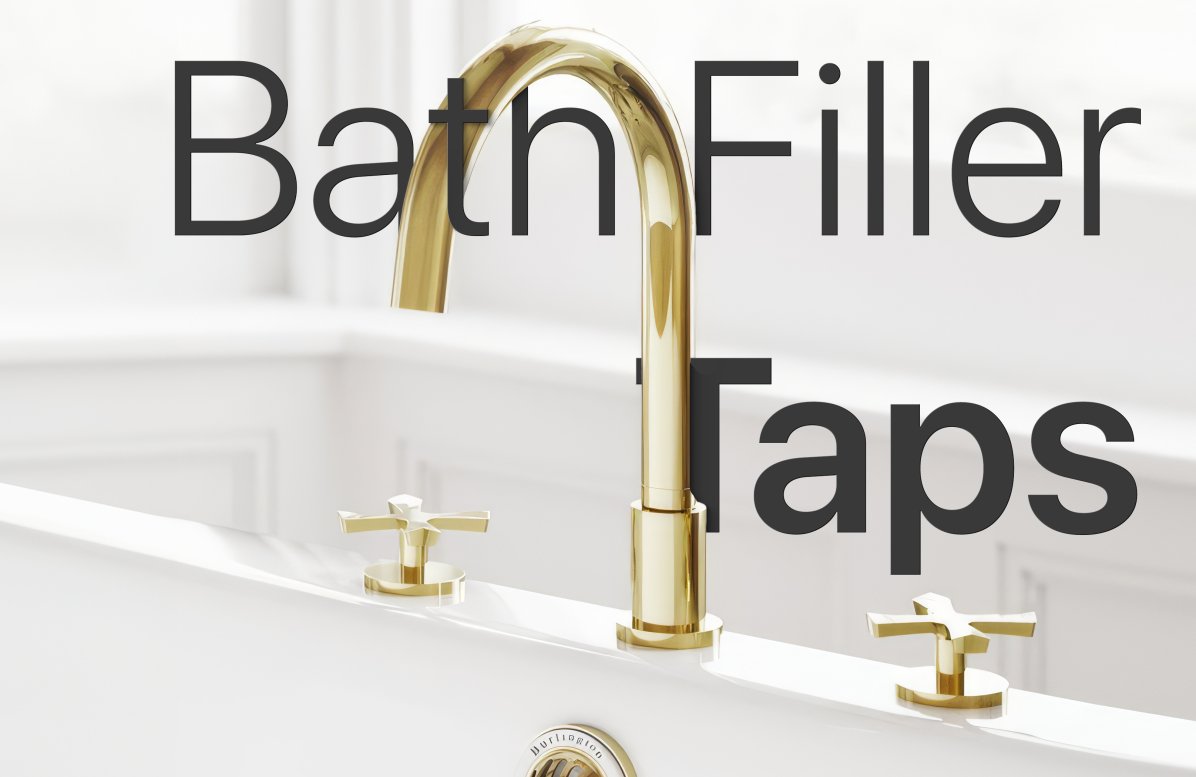


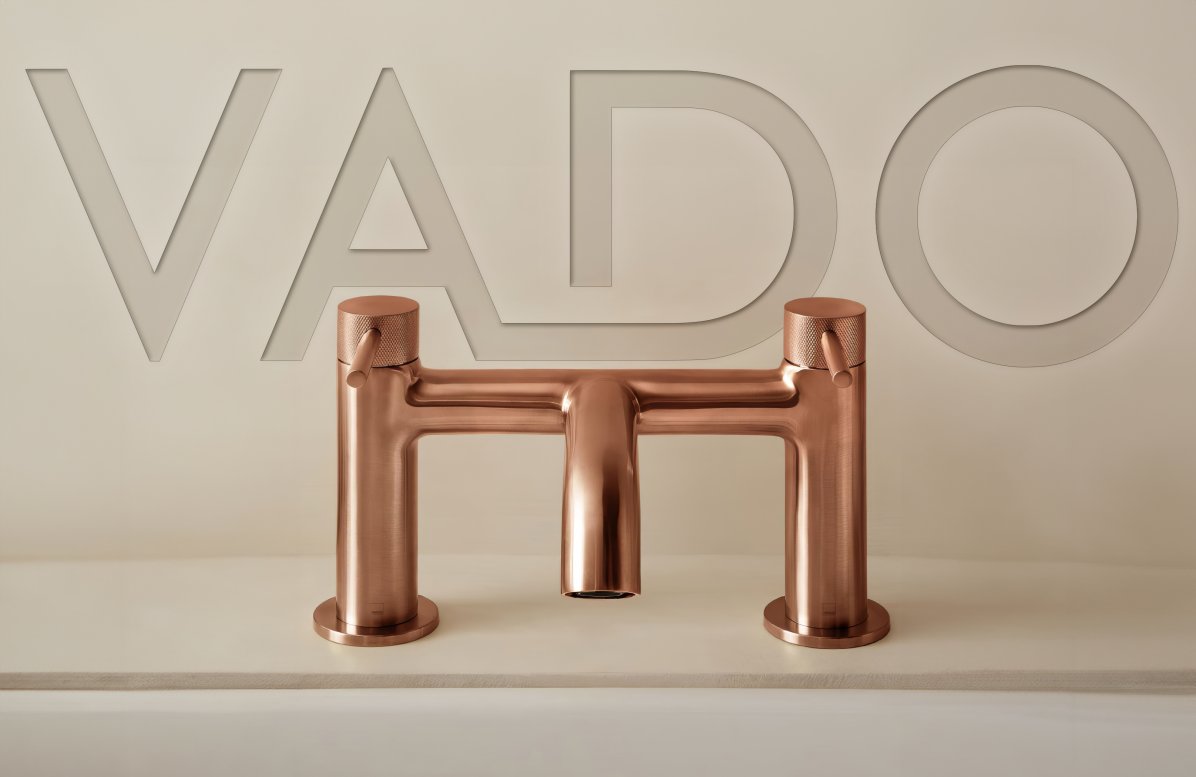
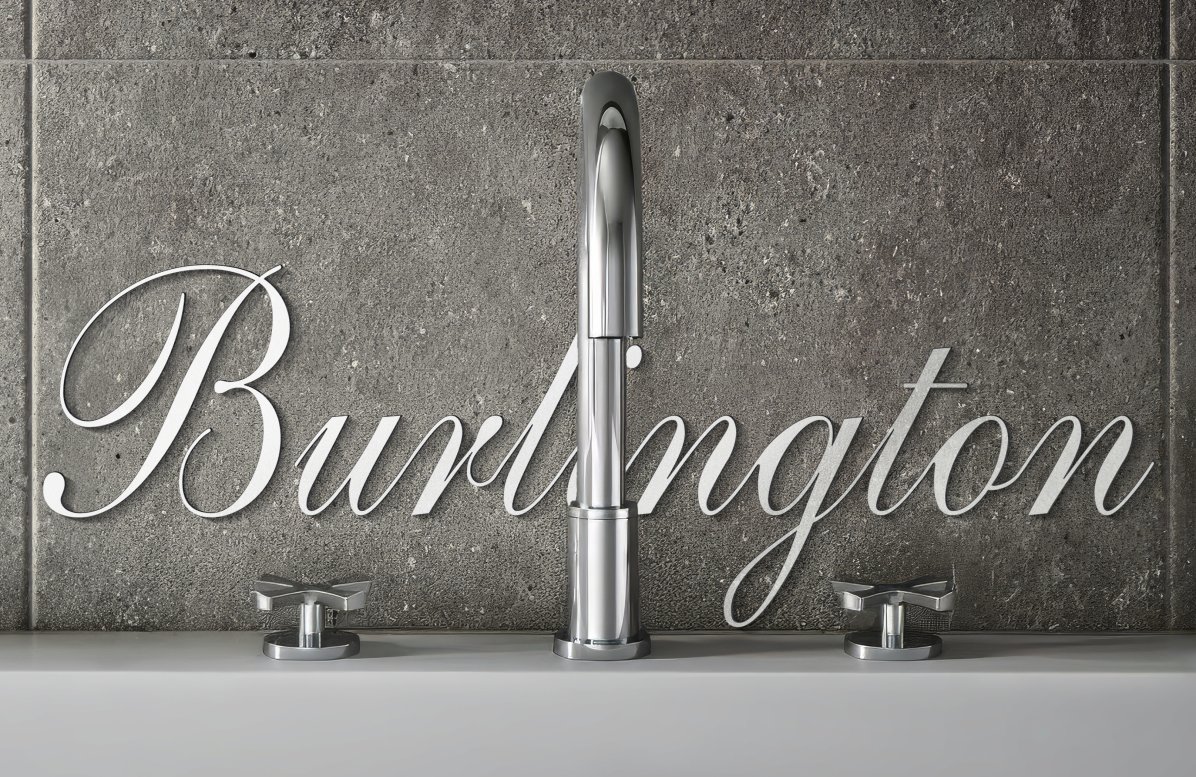
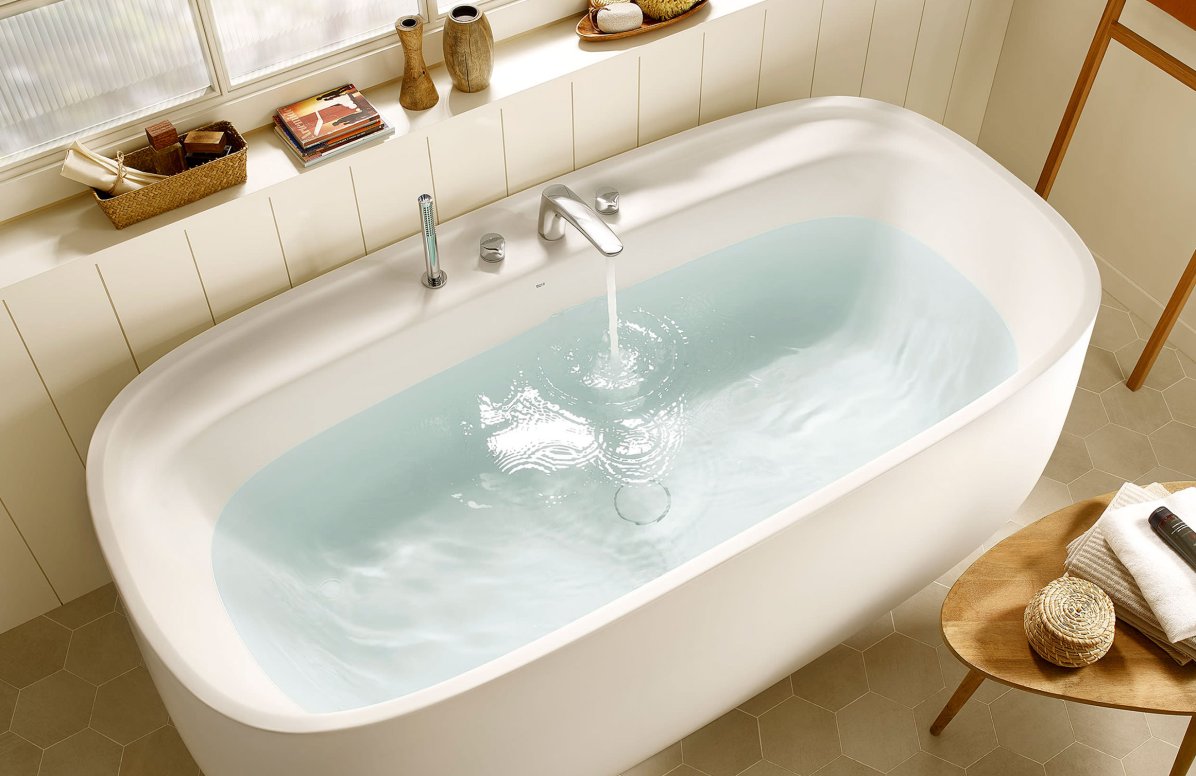
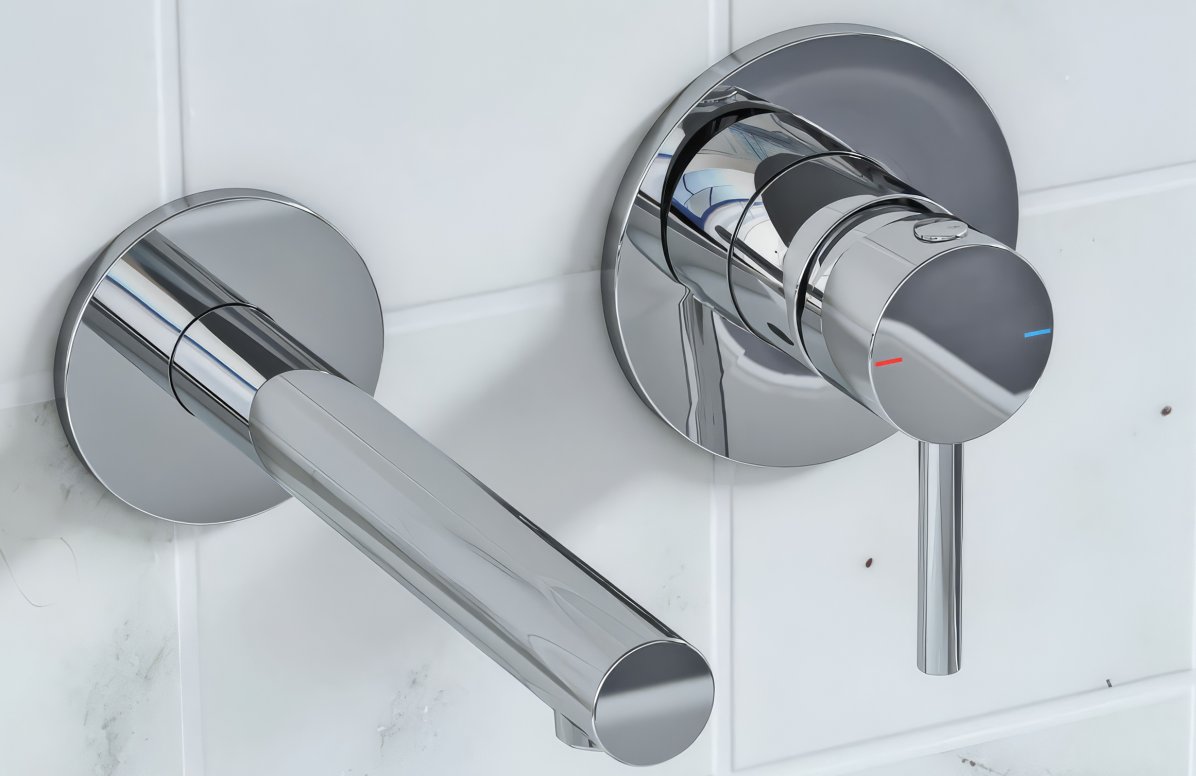




Stay Connected